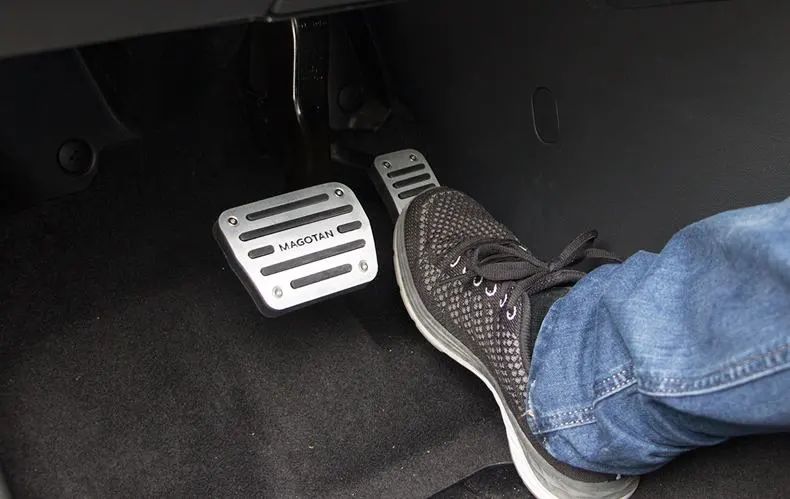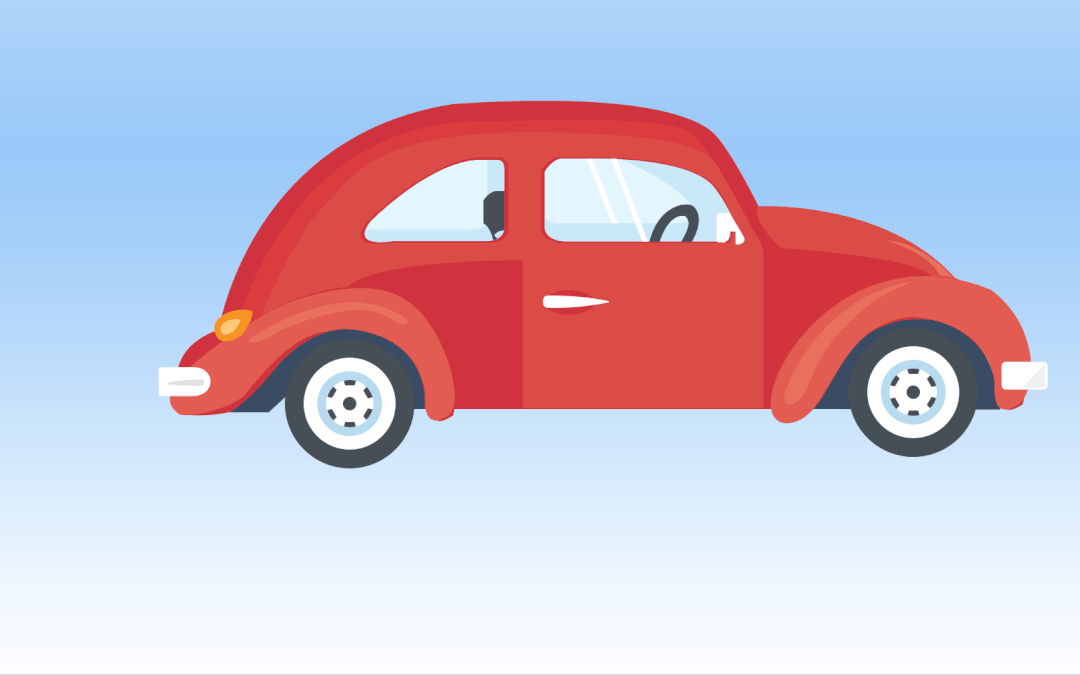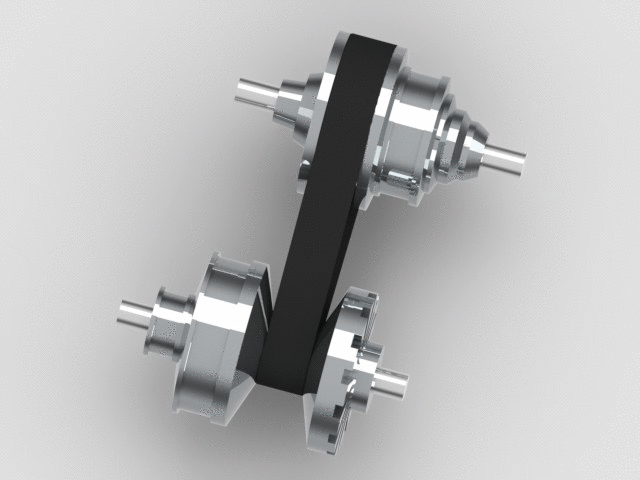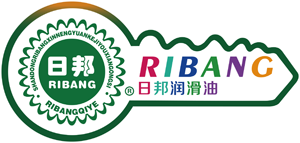- English
- 简体中文
- Esperanto
- Afrikaans
- Català
- שפה עברית
- Cymraeg
- Galego
- 繁体中文
- Latviešu
- icelandic
- ייִדיש
- беларускі
- Hrvatski
- Kreyòl ayisyen
- Shqiptar
- Malti
- lugha ya Kiswahili
- አማርኛ
- Bosanski
- Frysk
- ភាសាខ្មែរ
- ქართული
- ગુજરાતી
- Hausa
- Кыргыз тили
- ಕನ್ನಡ
- Corsa
- Kurdî
- മലയാളം
- Maori
- Монгол хэл
- Hmong
- IsiXhosa
- Zulu
- Punjabi
- پښتو
- Chichewa
- Samoa
- Sesotho
- සිංහල
- Gàidhlig
- Cebuano
- Somali
- Тоҷикӣ
- O'zbek
- Hawaiian
- سنڌي
- Shinra
- Հայերեն
- Igbo
- Sundanese
- Lëtzebuergesch
- Malagasy
- Yoruba
- Español
- Português
- русский
- Français
- 日本語
- Deutsch
- tiếng Việt
- Italiano
- Nederlands
- ภาษาไทย
- Polski
- 한국어
- Svenska
- magyar
- Malay
- বাংলা ভাষার
- Dansk
- Suomi
- हिन्दी
- Pilipino
- Türkçe
- Gaeilge
- العربية
- Indonesia
- Norsk
- تمل
- český
- ελληνικά
- український
- Javanese
- فارسی
- தமிழ்
- తెలుగు
- नेपाली
- Burmese
- български
- ລາວ
- Latine
- Қазақша
- Euskal
- Azərbaycan
- Slovenský jazyk
- Македонски
- Lietuvos
- Eesti Keel
- Română
- Slovenski
- मराठी
- Srpski језик
【 Master Bang online 】 W【 Master Bang online 】 Why the vehicle speed is high but the speed is slow? Is it the oil?【 Master Bang online 】 Why the vehicle speed is high but the speed is slow? Is it the oil?hy the vehicle speed is high but the speed is slow? Is it the oil?
2024-01-19
【 Master Bang online 】 Why the vehicle speed is high but the speed is slow? Is it the oil?

When the automatic transmission is driving normally, the engine speed is high after refueling, but the speed does not keep up, which mostly occurs in the AT or CVT transmission with more engine mileage and not timely maintenance.

First of all, Master Bang tells us why the vehicle accelerates!
The engine is the source of the power of the car. The power of the engine is transmitted to the transmission input through the torque converter or clutch, and the transmission transmits the power of the engine to the driving wheel through the gear structure, which ultimately accelerates the vehicle.
Looks a little complicated, doesn't it?
Let's keep looking down!

Since the engine speed has increased, indicating that the engine power has been generated, at this time we have to make clear that the slow speed is actually not related to the lubricating oil.
Lack of response Slow shift

There are two reasons for the slow response and acceleration delay of the vehicle:
· Insufficient engine responsiveness
· Slow shift of transmission

01
In general, the automatic transmission needs to step deep on the accelerator when speeding up, here to tell you a cold knowledge, deep on the accelerator actually does not directly control the increase in the amount of fuel injection, but control the opening of the engine throttle to increase the intake gas, and then calculate the amount of fuel injection according to the actual intake gas.
After deeply stepping on the accelerator, the opening of the throttle plate will increase, at this time the TCU of the gearbox will judge the driver's driving intention according to the speed, throttle opening, engine speed and other parameters, that the need for rapid acceleration, usually downshift, downshift purpose is to increase the engine speed;

The increase in engine speed will increase the output power and torque, thus increasing the acceleration response of the car. Some advanced AT transmissions even drop straight down several gears.
02
For the small-displacement engine, due to the small engine displacement, the output power is limited, even if the foot accelerator acceleration, gearbox timely downshift, but limited by the output power of the engine, the car's dynamic response is also unable to keep up.
The corresponding speed of the early AT gearbox downshift is relatively slow, and deep stepping on the accelerator will lead to an increase in engine fuel injection and speed, but the dynamic response is relatively poor.

03
In addition, for some small-displacement turbocharged engines, in the usual uniform speed driving condition, the turbocharger is in a negative pressure state. In order to obtain greater output power during rapid acceleration of the bigfoot throttle, the pressure relief valve of the turbocharger will be closed to achieve pressure storage, which requires a certain speed to form an effective pressure of the tail gas, which takes a certain amount of time;
At this time, the engine speed will also increase, but the power output is not large.

04
AT transmission: Because AT transmission adopts hydraulic torque converter for power buffering and power transmission, when shifting, the locking clutch inside the hydraulic torque converter is in a separated state, the purpose of doing so is to buffer the impact;
At this time, power is transmitted through transmission oil. At the moment of speed change, the pump wheel and turbine of transmission oil cannot form a coupling, and the power cannot be effectively transmitted to the gearbox, which will also lead to the increase of engine speed and poor vehicle power response.
CVT transmission: For CVT transmission, due to its hydraulic cone wheel and steel belt transmission power, in the moment of deep throttle, in order to avoid engine power mutation, resulting in skidding;
Usually limit the power output of the engine, waiting for the hydraulic control cone wheel to reduce the diameter, at this time the car's power can only be changed by the engine speed increase, and poor power response will occur.

After reading Master Bang's analysis, do you understand?
It wasn't really a glitch, you know
It's not the oil, either
Also tell you
Always maintain the gearbox
Replace transmission fluid when appropriate
Avoid some other problems







